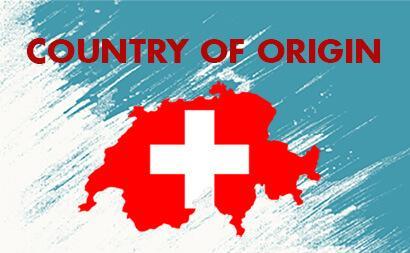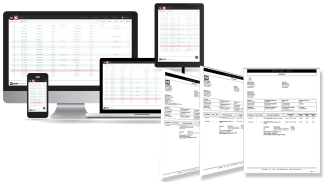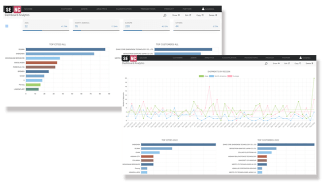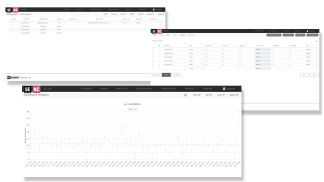What does the country of origin of a product mean?
Tariff rates, preferential trade agreements, trade sanctions against some countries and import restrictions are regulated according to the country of origin.

Tariff rates, preferential trade agreements, trade sanctions against some countries and import restrictions are regulated according to the country of origin.
How do I determine the country of origin of my product?
If your product is entirely manufactured in a single country, it is simple to determine the country of origin. However, in today's world economy, most manufacturers use materials and components from all over the world to produce a product. This makes it much more difficult to determine the country of origin for customs purposes.
If multiple countries are involved in the manufacture of your product, the country of origin is the country where the last substantial and economically justified processing or transformation took place. This is the manufacture of a new product or a significant part of the production process.
What are the conditions for determining the country of origin?
A good is considered to be "originating products" within the meaning of the free trade agreements and can be the subject of a proof of origin when it meets one of the following conditions for Switzerland:
- the goods are obtained entirely in Switzerland (indigenous product)
These are, for example, products that have been extracted from the soil or from plants harvested in Switzerland. - the product is sufficiently worked in Switzerland.
The product must have been significantly changed in appearance, form and nature. - the goods are made of "products originating" from a contracting state (partners of a free trade agreement), insufficiently processed in Switzerland (cumulation)
This is the case when the "products originating" in a contracting state are insufficiently processed in Switzerland.
In this case, these "originating products" can be assimilated to Swiss originating products under the terms of an agreement; they do not have to be taken into account when calculating the share of authorized non-originating products. - the goods were imported with a proof of origin and then re-exported in the same state.
These are goods imported into Switzerland with a proof of origin issued in one contracting state and then re-exported in the same state to another contracting state of the same agreement or of the same cumulation zone.
Which processes do not confer the origin of a product ?
A certain number of minor manufacturing processes have no effect on the country of origin of the product. Working processes such as simple mixing, blending, filling etc. are never considered sufficient working, even if the conditions of the list are thus met.
The agreement with Canada contains different rules.
Importers with products that are subject to these processes must take steps to identify the country where the product is actually manufactured.
This article gives an overview of the use and establishment of proofs of origin. Detailed explanations and agreements can be found on the website of the federal administration office.
Don't forget that the secom team can provide you with the necessary tools and information for all your export procedures.



